Araceae Family has many gorgeous, attractive-looking, and ornamental indoor plants; Alocasia Calidora is one of them. Alocasia Calidora is a cultivar featuring large ruffled-edged attractive, lush green leaves. Owing to large foliage got the name ‘Calidora’ Elephant ear. These large leaves create a magnificent scenery with a catchy vibe of green leaves with contrasting light veins of the foliage, giving a tropical forest vibe to your place.
The Alocasia Calidora Elephant Ear plant has beautiful shiny green leaves that reflect the sunlight. This plant grows in a vase like shape, shooting it’s leaves upwards.
A grown plant has arrow-shaped ribbed leaves around three feet wide and six feet long; the overall plant can grow ten to fourteen feet tall. Alocasia Calidora is native to Tropical forests in Southeast Asia; however, it is now grown worldwide. It is one the most hardy of all the Elephant Ear plants with minimal care.
Allied Species: Alocasia Sarian, Alocasia Pink Dragon, Alocasia Lauterbachiana, Alocasia Silver Dragon, Alocasia Stingray, Alocasia Regal Shields, Alocasia Nebula, Alocasia Maharani, Alocasia Jacklyn , Alocasia Cuprea, Alocasia Black Velvet , Alocasia Cuprea
Related Products
Products | Name | Check Price |
Organic Perlite for Plants | ||
WONDER SOIL Organic | ||
Orchid Potting Bark Mulch |
Habitat & Ecology
| Botanical Name: | Alocasia Calidora |
| Family Name: | Araceae |
| Common names: | Elephant Ear, Persian Palm |
| Origin | Southeast Asia |
| Height | up to 10.00 feet tall |
| Spread: | 4.00 to 5.00 feet |
| Light Need | Full sun to part shade |
| Soil Type | Loam (Silt) |
| Planting Time | Spring / Summer |
| Flower Inflorescence | Spadix |
| Zones | USDA 10b, 10a, 11b, 11a, 12b, 12a |
How do you care for Alocasia Calidora?
Alocasia Calidora is unique and pretty rare. Just like various other members of the family Araceae, Persian Plam fancy for moist soil with good drainage. For the prevention of root rot, an adequate amount aeration of the roots is necessary. This plant tends to grow in the shade as well as in the partial sun.
It will be best if you read it all to explore what steps you must take to grow this unique plant at home. Let’s break it all!

Initial Care at Home
You must put the plant in a fully bright space in your living room; for instance, near a glass window receiving light. Alocasia Calidora plant does not require direct sun but a very bright indirect light; leaves will start drying if indoor humidity level goes down. So, make a humid environment for the plant to prevent drying. Interestingly, Calidora leaves grow towards the light, so keep turning the plant to prevent it from bending over.
In summer, Elephant Ear Plant can be taken outside in the garden and kept under a shade receiving indirect sunlight. When taken care of appropriately, it grows new leaves regularly. Its oldest leaf typically dies off. Be cautious the plant can drip. So, take care of the wooden floorings!

Does Alocasia Calidora like Sun or Shade?
Being a tropical plant, Alocasia Calidora remains happy in medium to high indirect light levels. The indirect sunlight is enough for the plant, which entitles you to keep it indoors. During the summer season, you can also keep it outdoors in a shaded place. However, in winter, low temperatures at night can damage tropical resident plants like this one.
Continuous indirect sunlight is required to impart and maintain the excellent color of the leaves. Direct exposure of Calidora to sunlight may cause its leaves to scorch.
If you keep the pot in some dark place in the home, grow light can also meet the light requirements for growth in full potential.

Watering
Alocasia Calidora is a constantly moist soil lover, but adding too much water can make the soil soggy and cause various plant damage. This is because its roots are not resilient to water-logged soil. In the same way, watering less than required also puts the plant under stress. Under-watering and over-watering can be challenging for the plant, so let the soil dry a bit before watering it. Do not let the plant dry entirely; otherwise, it may drench.
It is the best practice to check soil conditions before watering. It will help you get rid of many issues that may arise otherwise. These issues include water-logging or droopiness, causing significant damage to the roots and foliage of the plant. To ensure the adequate watering of plants, do not rely on the watering schedule because it may fluctuate with the water requirements by the plant in the respective season. Furthermore, the watering needs also depend on your indoor climate, type of pot, and composition of potting soil. We highly recommend checking the top 2 inches of soil. Consider adding water if the soil is dry; otherwise, there is no need.
To do so, having a sensor or moisture meter is highly encouraged because it is the most accurate and hassle-free method to let your plant survive in good water conditions.
Another thing to keep in mind before watering the Calidora is the season. During a warm and dry summer, the growing season, plants require more water than usual. On the other hand, in winter, which is the fall season, Alocasia Calidora needs much less water content to survive.

Humidity and Temperature
Persian Palm enjoys warm and humid conditions because of its tropical origin. A balmy warmth of about 65 to 85 degrees Fahrenheit is advantageous to evade any possible damage to the plant. That said, the plant thrives in higher humidity levels, such as summer and dry seasons. For this purpose, you can also place it near a heater.
Besides aiding in the extraordinary growth of the plant, higher humidity levels also help keep the spider mites to which the Alocasias Calidora are more susceptible.
Like many other Alocasia plants, Calidora is also very sensitive to cold conditions. Therefore, keep the plant away from cold drafts from windows or air conditioning.
If you notice low humidity levels, keeping a pebbles tray or a humidifier near the plant is what it will love. Besides all that, to ensure healthy growth, place Calidora near a window so it can have proper airflow and ample indirect light. Using a hygrometer to monitor humidity and temperature is a good practice. It will help you take accurate readings of various attributes necessary for plant growth.

Soil Requirements:
Calidora thrives in soil that has good drainage and can stay moist. Yes! We know these terms are opposite to each other; the soil shall be able to retain enough moisture to keep the roots hydrated, whereas the soil mix shall drain the excess water quickly. Alocasia Calidora likes rich organic soil with pH ranging from 5.5 to 6.5.
You can use a rich and well-draining potting mix for indoor plants for proper growth. Also, you can make a good mix yourself. You can use a 1:1:1:0.5 mix of Potting soil, Orchid bark , Perlite, and Activated charcoal . Please ensure your pot has good drainage and pour out the excess water quantity in the cachepot of the drainage tray. You can replace perlite with pumice in this potting mix for better outcomes.
Besides that, you can also choose various potting mixes available in the market such as:
Whenever you care choosing a ready made potting mix for your Alocasia please make sure it has components that are chunky and well draining.

Repotting:
The most exciting thing about the Calidora is that it is easily manageable and usually trouble-free. So, it does not require frequent re-potting and it thrives more if the roots are slightly cramped for room. It is also a fast grower. It goes dormant in the winter and waits for the regular growing seasons to return.
For the best possible growth, we recommend you re-pot the beautiful Alocasia in well-aerated and well-draining soil after a year. The best time for practicing the Calidora plant repotting is spring and early summer which are the growth season for the plant. Furthermore, you must change the pot if you notice roots bulging out of the pot or if you have to water the plant more frequently.
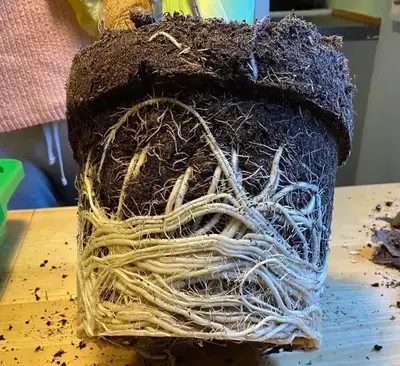
Remember that Calidora does not enjoy it when you move it from one pot to another, and it may shudder and stain. So, don’t re-pot unless it is rootbound. Make sure that the size of the new pot is one size larger than the previous one. Also, make a fresh potting mix and soil.

Propagation of Alocasia Calidora
An Alocasia Calidora plant grows better during the summer season or mid-spring season. Do not propagate your gorgeous Calidora during winter as the plant is in a dormant phase and propagation will be unsuccessful. Various plant propagation methods include seed propagation, layering, cutting, grafting, budding, division, and tissue culture techniques. You can use the rhizome method to propagate Alocasia Calidora.
Before starting the procedure, make sure to disinfect and clean all the working tools. Then, use sharp blades.
Rhizome Propagation:
A Step-by-Step Guide
It is exciting as every clump of Calidora has its mini root system, so there is no need to wait for the plant to develop roots. Plant the babies in separate pots, place them in a highly humid place, and wait for new growth in a few weeks.
You will confirm that your propagation was successful when you see the foliage popping up!

Fertilizer
Calidora Elephant’s Ear prefers balanced houseplant fertilizers containing the right proportion of Phosphate, Nitrogen, and Potassium. Be sure to fertilize your plant in the summer and spring because it is actively growing in this season. Doing this in winter is discouraged because of the plant goes dormant.
- Blanced Liquid Fertilizer: Diluted half the strength monthly
- Slow-release fertilizers: Once a month
Apply the fertilizers as per their mentioned instructions for better results. This is essential because various fertilizers can have different recommendations for application concerning quantity and timing. Apply adequate fertilizer quantity as under, and over-fertilization can be challenging for the Calidora plant.

Maintenance:
Alocasia Calidora is very simple and easy to maintain, which requires frequent punning because of the faster growth rate of the plant. The regular trimming prevents it from becoming too large. As we know that spring is the season of the most rapid growth, it is the best time for you to trim your plant.
If you are fond of becoming a responsible plant parent, we recommend you clean the plant with its pot every week. Just remove all the tarnished and dead leaves from the set-up whenever needed. This entire protocol of maintenance will not only allow the plant to grow properly but also look good.

Are Alocasia Calidora plants toxic?
Like all other Alocasias, Calidora has crystals of calcium oxalate that are toxic to pets and humans. It would be best if you never swallowed Calidora as it can cause dermatitis in humans. So, we recommend using gloves and protective masks when pruning, propagation, or even re-potting Calidora.
On the other hand, this plant could be fatal for pets, and they should never consume it. Contact the vet soon if you doubt your pet has consumed Alocasia Calidora.

Pests, diseases & common problems
Pests
Alocasia Calidora is a stunning but gentle plant that targets many pests easily. Some pests that are reported in Calidora include mealybugs and spider mites. Such tiny insects must be spotted and eliminated as the situation can be more challenging for the plant.
Wash the pests off with a shower head or garden hose with a gentle stream. To treat an infested Calidora plant, use insecticidal spray or soap on the leaves every few weeks.
On the other hand, you can also use neem oil to kill the mealybugs. This can also eliminate their eggs inhabiting the plant. Regular inspection is necessary to keep an eye on the attack of pests.
Common Problems
Most communal issues Alocasia Calidora may face are;
Leaves are turning brown: This problem is caused by the lack of sunlight. However, cold and lack of water can also be the reason for this problem. If the plant leaves turn brown, ensure it gets adequate sunlight and temperature.
Leaves are turning yellow: This is the most common issue this plant faces due to its delicacy. The leaves may turn yellow because of over-watering. If you notice this issue, immediately look for any alarming situation like root rot.
Diseases
If we talk about the most common diseases of Alocasia Calidora, they include leaf infections and root rot.
Leaf Infection: Retention of water in the foliage for a longer duration can cause the development of fungal infection. So, avoid making the leaves wet and misting them late in the day when you think the moisture won’t get dry.
Root Rot: It is a severe disease of Alocasia Calidora that can destroy your entire plant. To get rid of root rot, you must follow the below-mentioned practices for better outcomes. They include:
- Do not over-water the plant.
- Use well-draining soil with all the required nutrients.
- Let the soil completely dry between waterings.
Frequently Asked Questions:
Is Alocasia Calidora edible plant?
The Alocasia Calidora plant contains toxic oxalic crystals that shall never be consumed. In case of accidental consumption, immediately seek medical advice.
Why my Alocasia Calidora is turning yellow?
The Alocasia Calidora plant may turn yellow due to under-watering or overwatering. So, water the plant only when its top two inches are slightly dry. Moreover, keep the soil moist, not soaked or entirely dried up.
Why my Alocasia Calidora is having spots?
It can be because of over-fertilizing your Alocasia Calidora plant. It may lead to salt accumulation. In the same way, excessive chlorinated water is also a reason for leaf spotting. Feed the Calidora plant only when you think it is necessary, and apply chlorine-free water.
What is the origin of the Alocasia Calidora plant?
Alocasia Calidora is native to Tropical forests in southeast Asia. However, it is now grown worldwide as a crop.
How big can an Alocasia Calidora grow?
A grown plant has arrow-shaped ribbed leaves that are around 3 feet wide and 6 feet long; the overall plant can grow to 5-9 feet tall.
Final Words
Alocasia Calidora is absolutely a stunning addition to your indoor plants, especially for your living room. This plant will make your home environment magical with its fresh green leaves and refreshing vibe.
Give Alocasia Calidora (Elephant Ear) the care and attention it needs, and you are all good to go. Because of the unique properties and ornamental value of Alocasia Calidora, people may have various concerns about its gardening and related aspects. We hope this piece of writing was helpful enough to respond to your queries and concerns regarding the Alocasia Calidora!
Related Posts
Alocasia Cuprea (Mirror Plant ) | Red Secret Alocasia
A lovely variant of Jewel Alocasias is the Alocasia Cuprea. It might need a little extra care and attention, but it will repay you with beautiful copper leaves.
Alocasia Jacklyn Care and Propagation Guide
Alocasia Jacklyn is a great addition to your indoor plants. With its dark green leaves and strappy stems, this plant will make your home an attractive place.
Alocasia Maharani (Gray Dragon) – A Hybrid Alocasia
Alocasia Maharani is an excellent indoor plant for those who like low-maintenance plants. Maharani is happy in warm, humid conditions .
Alocasia Polly- African Mask Plant Care Tips
You cannot go wrong with the Alocasia Genus of Araceae family, especially with its beautiful cultivar plant Alocasia Polly.
Alocasia Regal Shield Growing & Care Guide
Alocasia Regal Shield is a spectacular tropical plant with delicate leaves and a fascinating appearance. It’s easy to grow and care for.

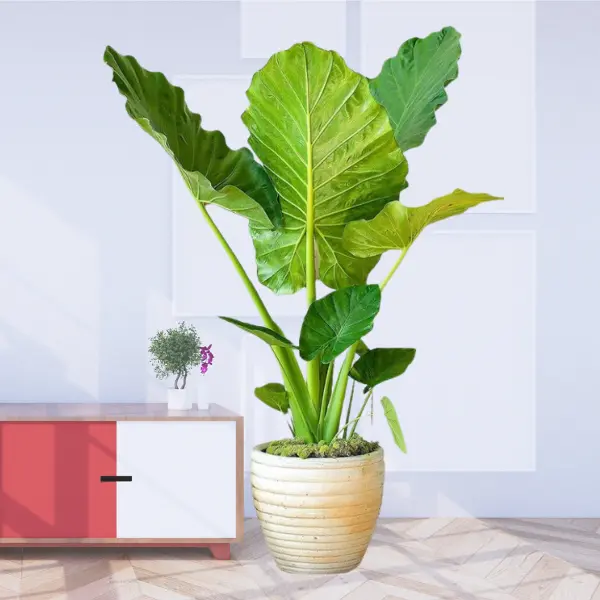
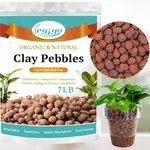
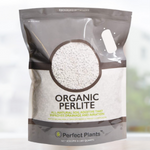

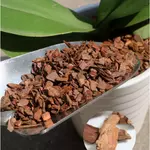
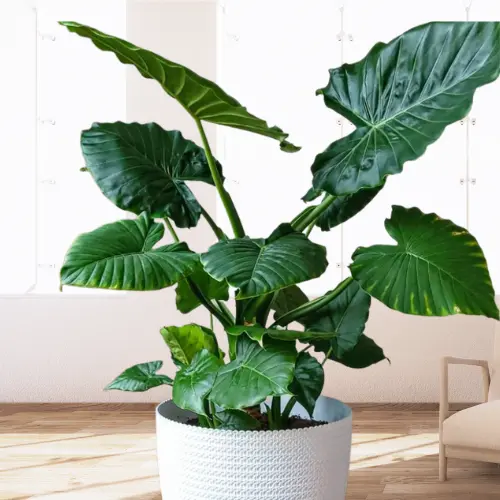
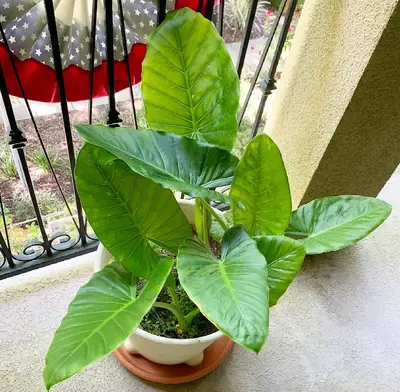


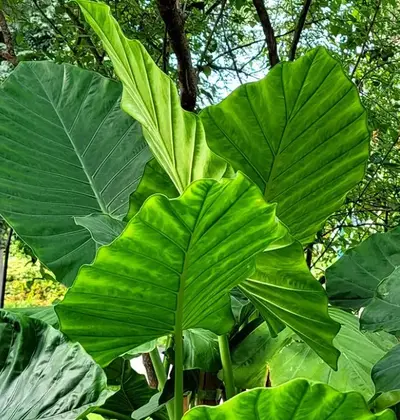
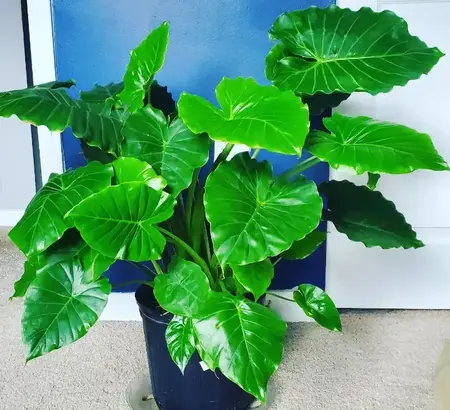

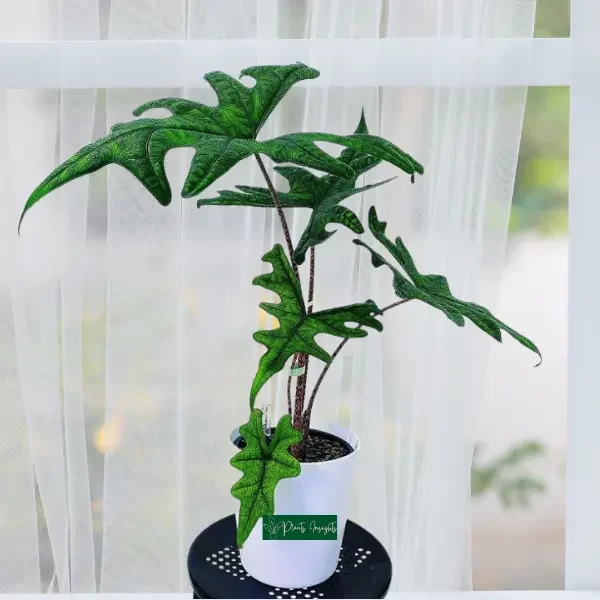



Its fantastic as your other blog posts : D, appreciate it for posting. “The present is the necessary product of all the past, the necessary cause of all the future.” by Robert Green Ingersoll.
Pretty! This was a really wonderful post. Thank you for your provided information.